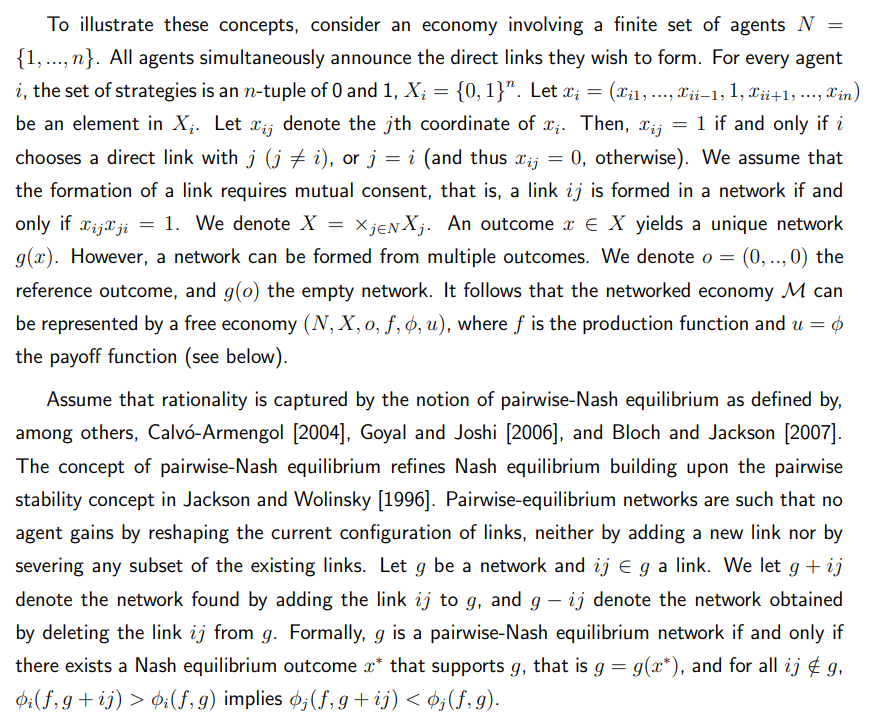Morgan Stanley Wealth Unit Advises 2% to 4% Crypto Allocation In Portfolios
The Morgan Stanley Global Investment Committee (GIC) has advised clients to allocate a small portion of their portfolios to cryptocurrency, recommending between 2% and 4% depending on risk appetite.
The committee issued its guidance in a special report published last week, suggesting that exposure to digital assets should remain modest and conservative. Its recommendations apply across portfolio categories, from wealth conservation at 0% to opportunistic growth at a maximum of 4%.
“While the GIC allocation models will not include explicit allocations to cryptocurrency, we aim to support our financial advisors and clients, who may flexibly allocate to cryptocurrency as part of their multiasset portfolios,” the report said.
Advisors Urged To Rebalance Portfolios Regularly To Limit Crypto Risk
The committee, which guides 16,000 Morgan Stanley advisors overseeing $2 trillion in client wealth, framed cryptocurrency as a speculative but increasingly popular asset class. It compared Bitcoin to “digital gold” and placed the asset within the broader category of real assets.
It stressed the need for investors and advisors to rebalance regularly, preferably quarterly or at least annually, to avoid swelling allocations that could add unnecessary portfolio risk.
Bitwise CEO Hunter Horsley described the report as “huge,” noting that crypto is moving into its mainstream phase.
Bitcoin Hits Record $125,000 As Supply On Exchanges Tightens
The recommendations come as Bitcoin pushes further into mainstream portfolios. On Sunday morning, the token surged to a record $125,000, breaking its previous peak of $124,500 set in August. Centralized exchanges are now reporting the lowest Bitcoin reserves in six years, signaling a tightening supply backdrop as demand grows.
Morgan Stanley’s analysis reflects the growing recognition of crypto among major financial institutions, even as they approach the sector cautiously. By limiting allocations to a narrow range, the bank acknowledges both the appeal of digital assets and the risks of volatility and liquidity stress.
The report also pointed to the role of exchange-traded products in providing access to the emerging asset class, giving investors regulated pathways rather than direct token purchases.
Advisors Gain Clarity As Wall Street Giant Prepares For Next Crypto Push
Although the GIC stopped short of adding crypto allocations into its official model portfolios, it sought to provide clarity for advisors already fielding interest from clients. Younger investors in particular have been pushing for more exposure, while institutional adoption continues to rise.
Separately, Morgan Stanley is also planning to roll out crypto trading for E-Trade clients in early 2026, potentially unlocking access to $1.3 trillion in trading volume.
The bank is working with crypto infrastructure firm Zerohash to provide liquidity, custody and settlement, representing one of the biggest moves by a major US bank into digital assets.
You May Also Like

Quantica Tech Builds Quantum-Resistant Crypto ‘BTCQ’

The Economics of Self-Isolation: A Game-Theoretic Analysis of Contagion in a Free Economy
